The History of Nalpamaradi Thailam
Is it just me, or when you wander through the skincare section of a store or browse products online, do you too get overwhelmed by the shiny bottles and fancy ingredient lists? Don’t you ever wish things were a tad bit more simplified? But before that! Do brands even realise this? Are they at all aware that I (we?) don’t want something called “Golden Hour Ritual Oil with Hand-Forged Turmeric Resin and Sacred Tree Infusions”? What even is that?! For once, I’d just like to see something with roots and a genuine story, not just fanciness and hype.
Table of Contents: |
I’m very glad to tell you all that I’ve finally found something like that! It’s called Nalpamaradi Thailam (can you hear how effortlessly grounded that sounds? Isn’t the simplicity just… right?) Now, before you start judging, no, it’s not “yet another skincare trend”. If anything, this Ayurvedic oil is like the OG glow-up secret that has been around (quietly) for centuries, especially in Kerala, the land of coconut palms, temple festivals, and seriously sacred skincare traditions (like, if it’s coming from here, I don’t even need convincing; just hand me the bottle.)
Talking about the history of this, it’s not just oil; it’s everything! The culture, nature, spirituality, and healing are all put into one tiny golden bottle. And if you, too, are a curious cat like me who cares more about the origin of things and how they’re rooted in our traditions rather than just fancy names, you’re going to love the journey I’m about to take you on. The story of Nalpamaradi Thailam, told my way!
The Name That Tells a Story: Etymology of “Nalpamaradi”
We’ll start from the very beginning (not boring, I swear) because the name itself is a little key which unlocks the whole story. “Nalpamaradi” comes from the Malayalam words nalpa (meaning four), maram (tree), and adi (base or root).
So, literally, it means “the base made from the four trees”. Not just any trees, but four very specific tree barks make up the very essence of this magical oil. It’s a recipe where each ingredient is equally important to the final masterpiece. In those times, this name was more than just formality; it was a way to honour the forest and nature’s gifts. By the end of this blog, you’ll know why and how.
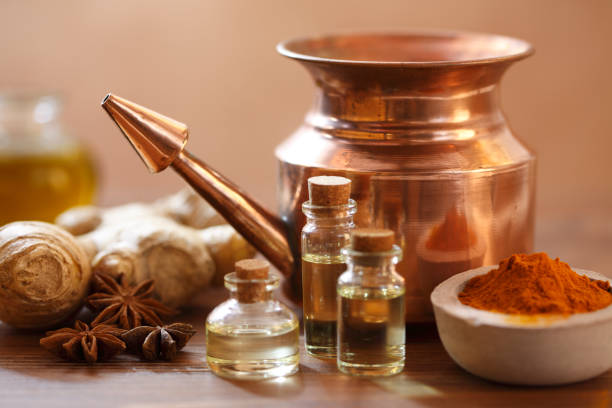
Meet the Four Bark Trees: Nature’s Four Warriors
Every story has certain characters, and in this case, the four trees are the main characters. Why? Each bark has been traditionally used not just for skin but for health, ritual, and even some spiritual reasons. Let me introduce them to you:
-
Perukam (Calophyllum inophyllum): It is known as the “beauty tree” or Tamala in some texts. This tree’s bark and oil have the ability to soothe inflammation, repair damaged skin, and even reduce scars. It is a gentle healer which can calm everything from sunburn to eczema.
-
Kadukka (Terminalia chebula): It is also called Haritaki and is a prized body and skin detoxifier in Ayurveda. Its bark is rich in antioxidants, thus making it a natural cleanser that clears out impurities and brightens dull skin.
-
Vella (Acacia catechu): This tree’s bark helps in tightening pores and fading blemishes by balancing excess oil and fighting acne.
-
Thanni (Cinnamomum verum): Yes, the cinnamon tree! But not just for spice; its bark has anti-inflammatory and antimicrobial properties too!
Together, these four characters come along and combine their unique strengths to create an oil that is a synergy of healing, cleansing, and nourishing.
Ancient Scrolls and Sages: Classical Ayurvedic References
This is where it gets (even) better. Nalpamaradi Thailam isn’t just a local tradition; it’s actually referenced in some of the foundational Ayurvedic texts written by sages thousands of years ago.
Ayurveda’s oldest scriptures, namely the Charaka Samhita and Sushruta Samhita, describe medicinal oils made with the combination of herbal barks, roots, and oils for purposes like skin health, wound healing, and cosmetic reasons. The descriptions of these formulas are in line with the ingredients and uses of Nalpamaradi Thailam.
Ayurveda has always laid great emphasis on the skin being a reflection of the body’s inner balance. The texts state that natural oils infused with tree barks were more than mere treatments; they were rituals to maintain harmony between the body, mind, and environment.
After knowing this, every time I applied Nalpamaradi Thailam, I felt like I was borrowing wisdom from people who truly understood that beauty and wellness were never meant to be separate. And now, so will you!
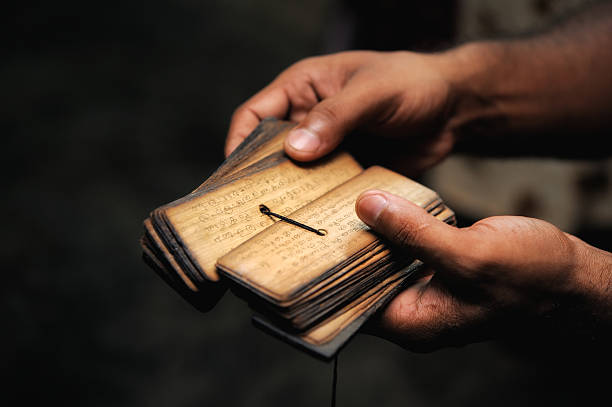
Kerala’s Rituals: More Than Just an Oil
The moment I say Kerala, the only words that come to mind are culture and ritual! From temple festivals to bridal preparations that last days, every tradition carries meaning and symbolism. And Nalpamaradi Thailam? It wouldn’t be wrong to call it a devout attendee at each of these sacred moments.
Whatever the moment may be, the thing is that it isn’t just a “product” in those contexts. It’s a pause. A soft return to the body. A cleansing not just of skin but of energy, believed to remove doshas, dullness, and anything that disturbs balance. The turmeric stains, the lingering earthy smell, and somehow, the feeling that you've done something right. Something old. Something real. And maybe that’s why, even today, in the most sacred ceremonies and the most photographed moments, people still reach for it like it’s second nature.
The Making of Nalpamaradi Thailam: Traditional Preparation
If you’re wondering how the oil was made in ancient times, let me tell you that the process was as sacred as the oil itself.
First, the barks of the four trees were carefully collected, dried, and then ground into a powder. This powder was then boiled slowly in a base oil (usually coconut oil) until all the active ingredients were infused into the oil. The slow simmer ensured that the essence and healing properties were thoroughly extracted.

Forget Chemistry 101; this was a spiritual process often performed by Ayurvedic healers with prayers and intentions for health and purity.
After the oil was cooled, it was stored in earthen pots or brass containers and later used in healing therapies or rituals.
From Past to Present: Nalpamaradi Thailam in Modern Skincare
Sorry to bring you back from ~dreamland~, but it’s time to talk about the present. Today, the skincare and health industry goes on and on about “natural” and “clean” products, but Nalpamaradi Thailam is the one underrated product that has been ticking those boxes for decades without any marketing.
Today, many Ayurvedic brands bottle this magical, golden elixir, but few do it with the purity and intention that Blue Nectar brings. Their Nalpamaradi Thailam stays true to tradition. It’s crafted as a nourishing oil meant to soften, soothe, and bring balance to the skin. Whether used daily or as part of a weekly ritual, it’s more than just application; it’s care, bottled.
Why Brides and Temples Still Swear By It
While people may be present for the events or not, Nalpamaradi Thailam sure is! When it comes to brides, it is an important part of the ala kettu (pre-wedding beautification) rituals. It is believed that it prepares their skin to look radiant and to absorb all the positive energy of the occasion. Ask any Malayali bride; they’ll swear that Nalpamaradi thailam isn’t just yet another step of their glow-up routine; it’s the step! It’s also a way for brides to connect with their traditions and feel grounded before their big day.

Meanwhile, temples use it in abhishekam (ritual bathing of deities). The oil’s purity and its association with the four sacred barks make it perfect for religious use. It is said that the oil’s scent and purifying powers invite divine blessings and protect both idols and worshippers from negative influences.
Be it weddings or temple rituals, in both cases, the oil is a symbol of purity and prosperity. In a way, it is a beautiful reminder of the power of nature and faith.
A Personal Note: Why This Story Matters to Me
Before you start thinking of me as some learned Ayurvedic preacher, let me give credit where it’s due.
My first discovery of Nalpamaradi Thailam was through a family friend who mentioned it as the secret behind her glowing skin and peaceful mindset. She was the one who told me about the rituals, the stories, and how every small bottle is nothing short of a culturally steeped elixir.
I honestly didn’t believe in it too much, until… I started using it myself. And then… it just made sense! I saw a visible difference over time. I’m not saying it was magic, but if it existed, this would be it. It just works! Maybe slowly but consistently. And now? Now it's just part of the routine.
That’s why I love sharing this story. Because when the world is obsessed with quick fixes, sometimes it’s the old, slow, and natural ways that remind us how to truly care for ourselves.
Conclusion
So, next time you come across Nalpamaradi Thailam, you know better than to just see it as another bottle on the shelf. See it as a story of ancient wisdom, of bridal rituals, of temple blessings, and finally of modern-day glow-ups.
The history of Nalpamaradi Thailam is packed into every bottle, and if you ask me, that makes it not just skincare but a sacred tradition you can wear proudly.
Talking of Rituals...
We might’ve just started a little ritual of our own.
This was the first edition, a small chapter in the story of Nalpamaradi. And while this part wraps up here, there’s a whole book waiting to be told.
If the tone, the telling, or the turmeric (haha) sat right with you, maybe meet us at the next one? See you in the next blog.
Related Articles
Nalpamaradi Thailam Ingredients 101: Nerd Edition
A Comprehensive Guide to Nalpamaradi Thailam: Uses, Rituals, Benefits, and Side Effects
References
5 things you didn't know about Ayurvedic skin illuminator Nalpamaradi Thailam
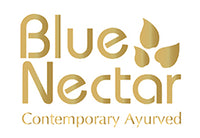

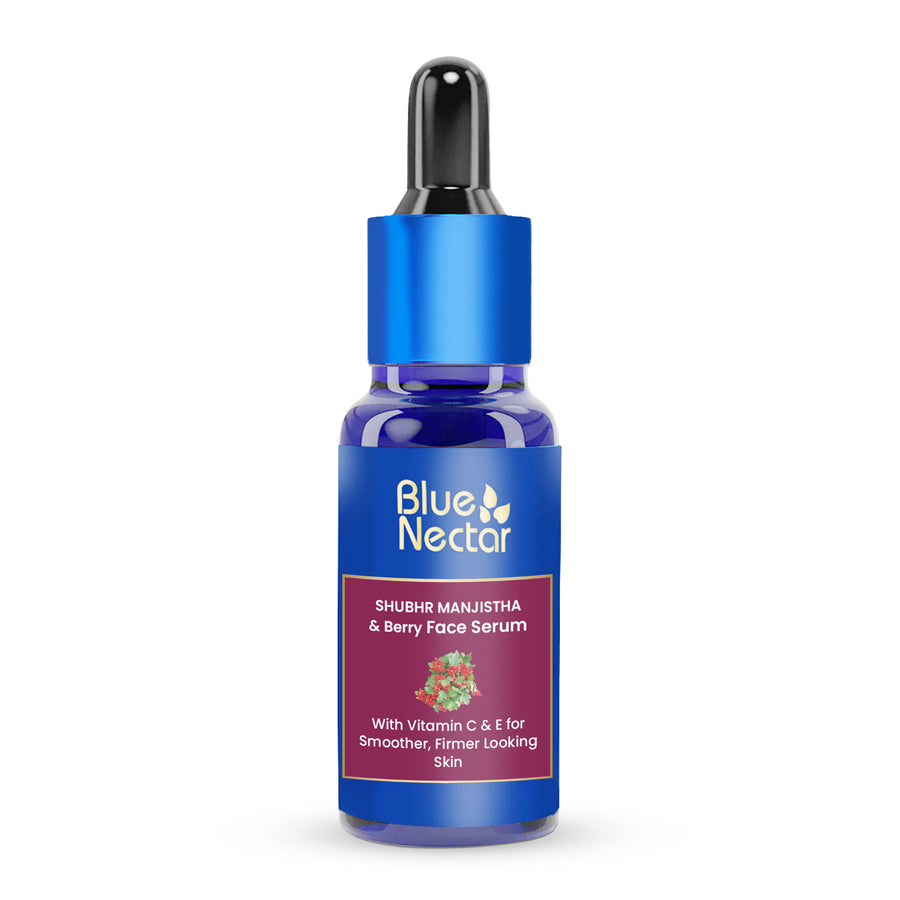

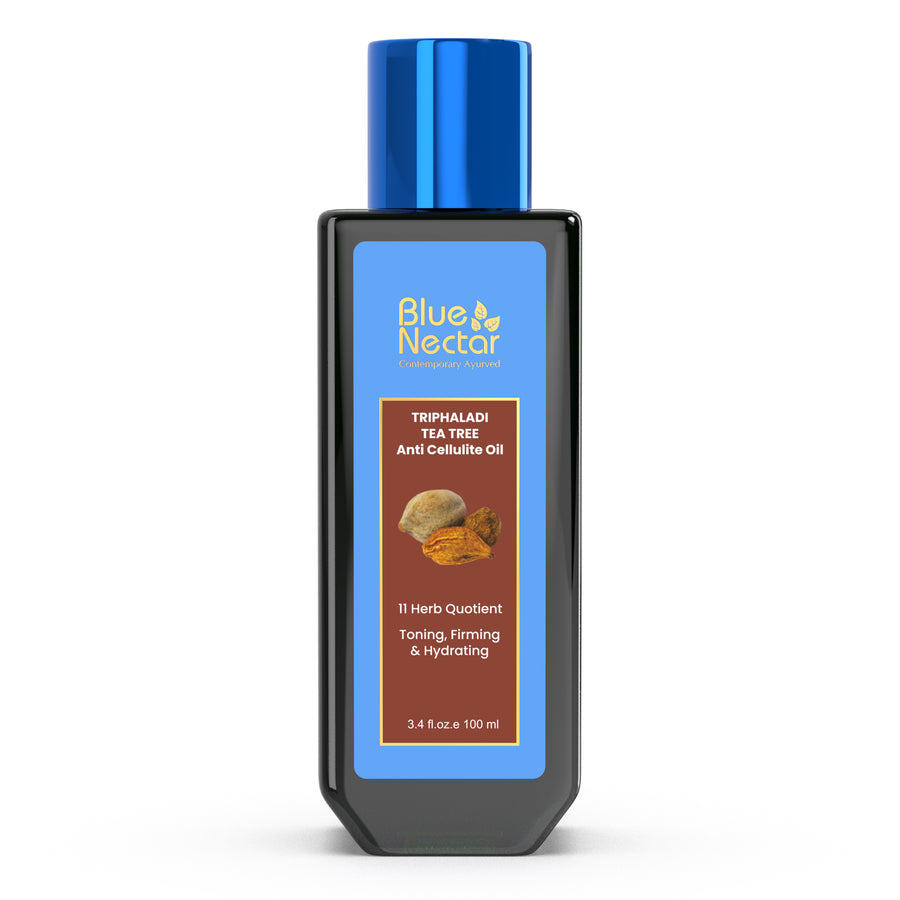
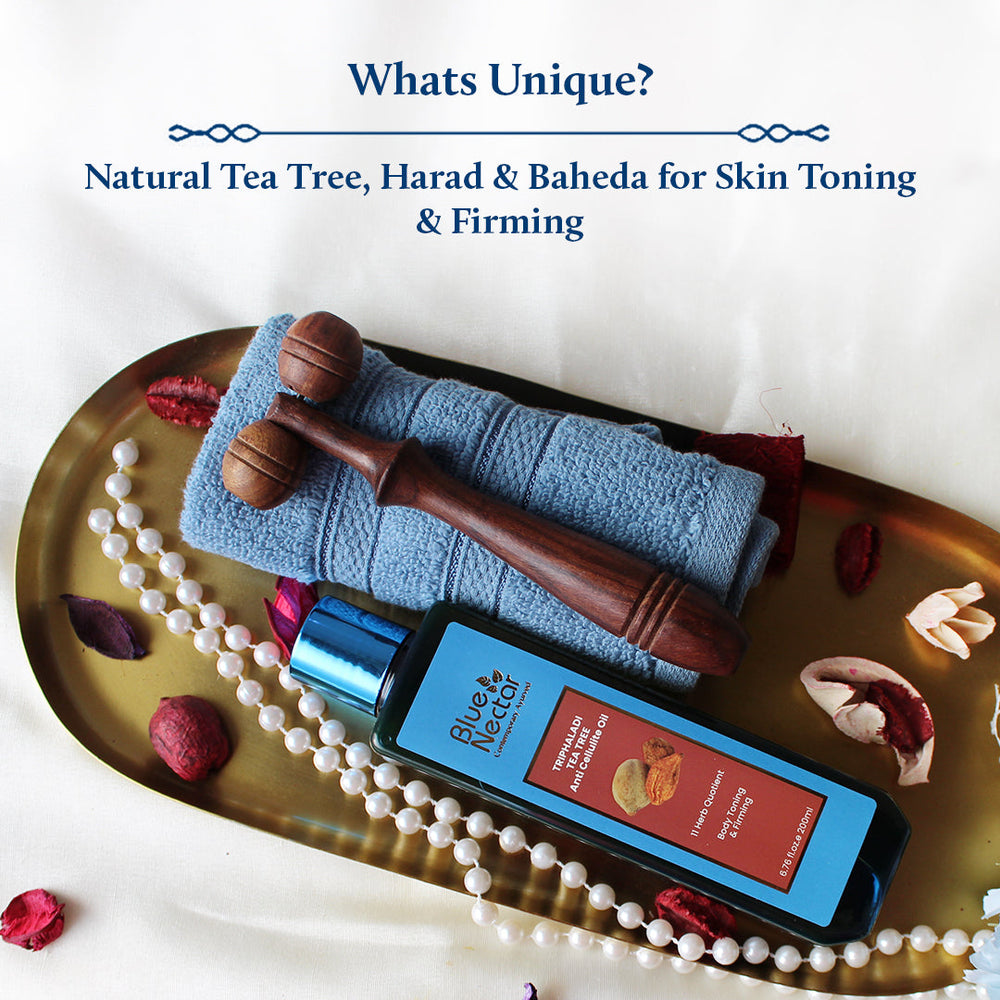
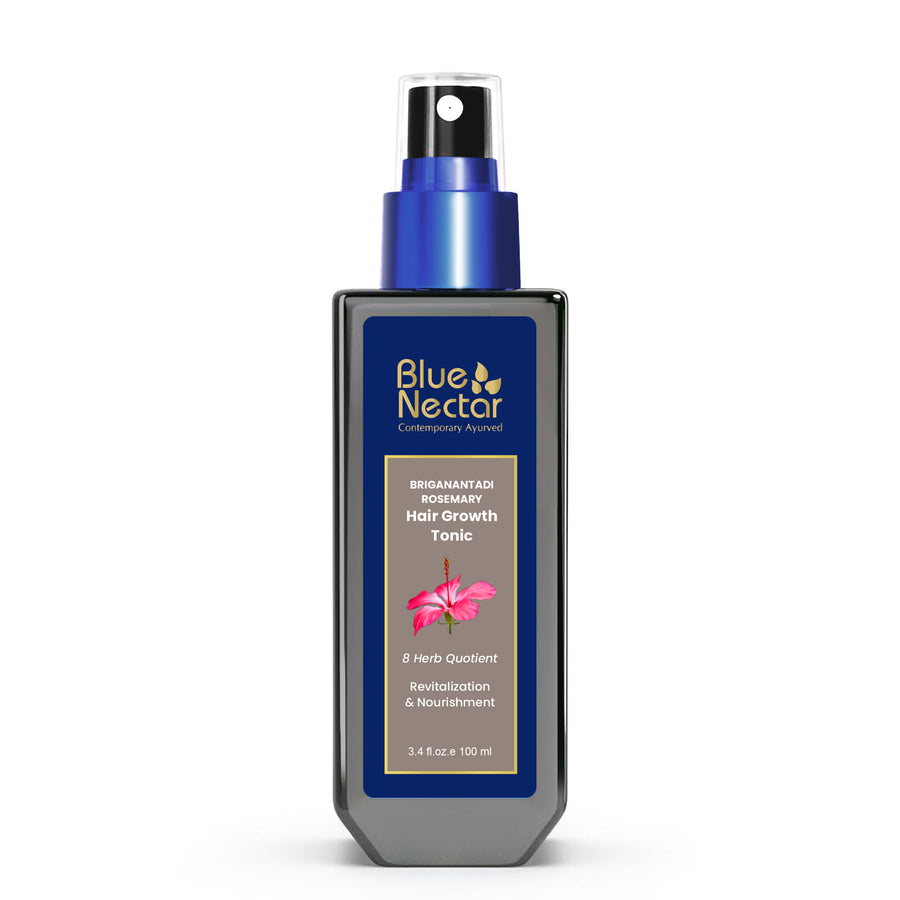
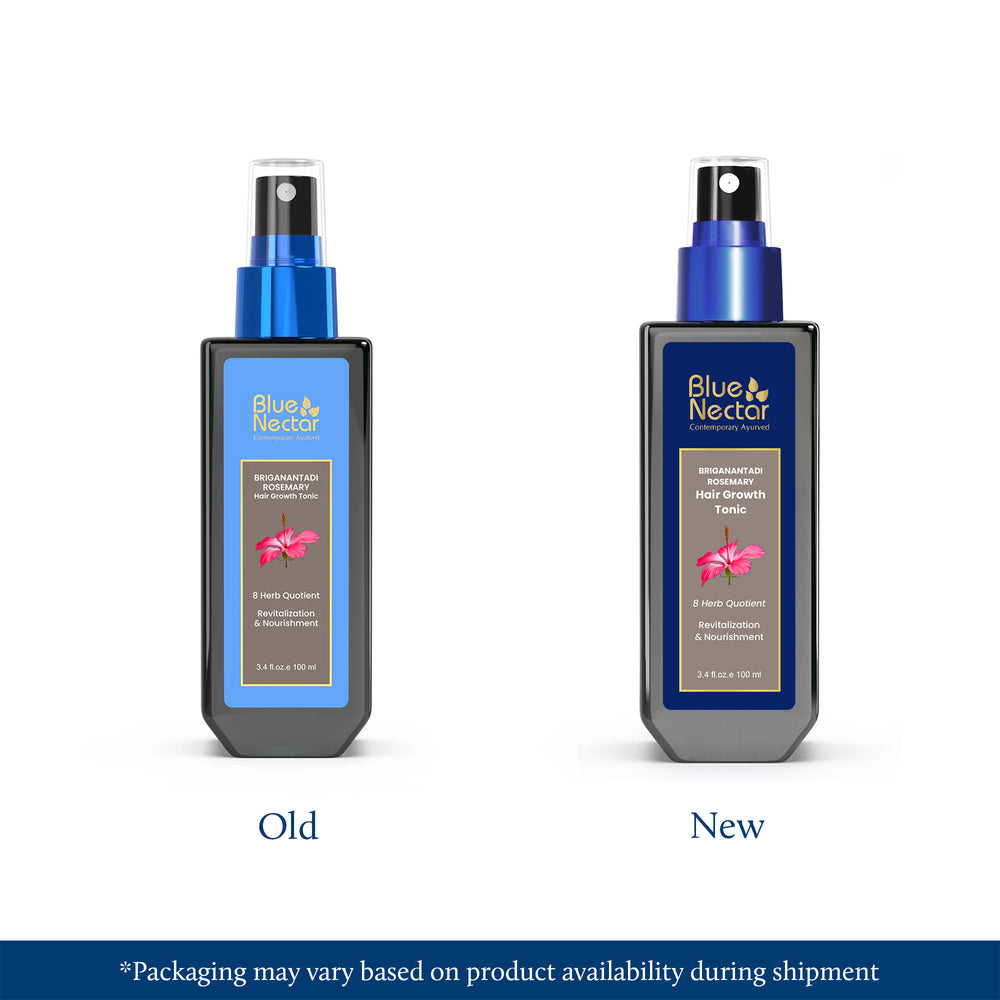
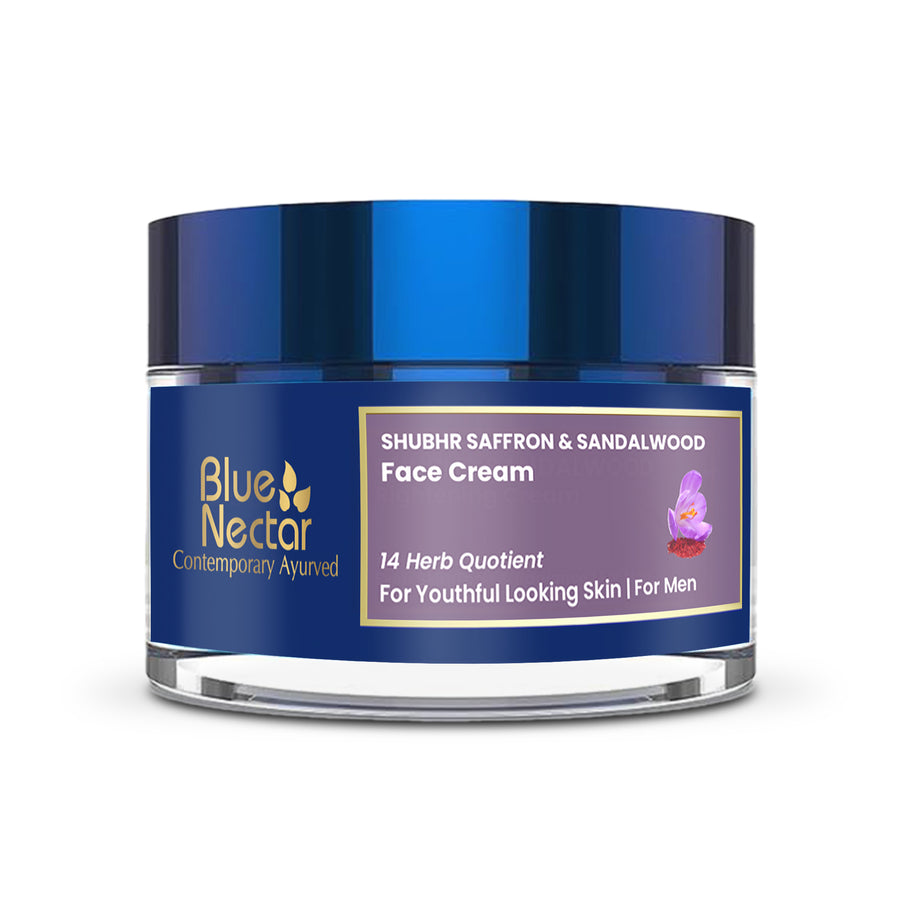
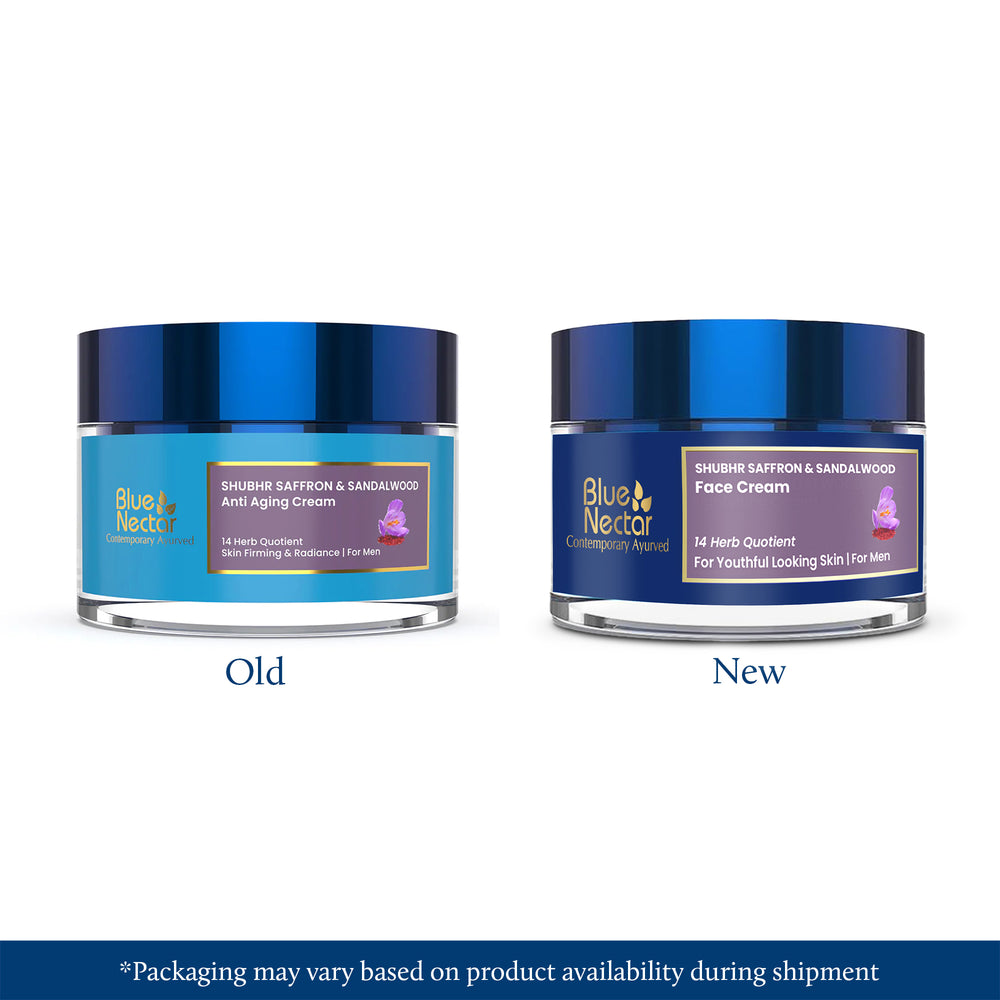


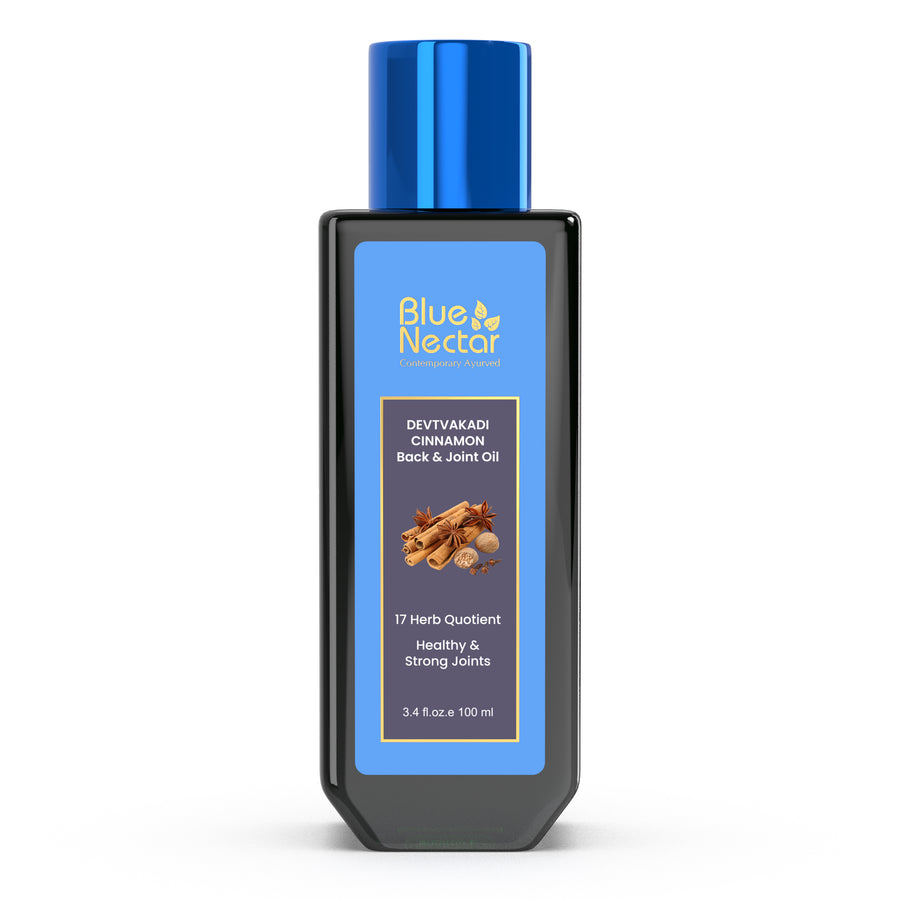
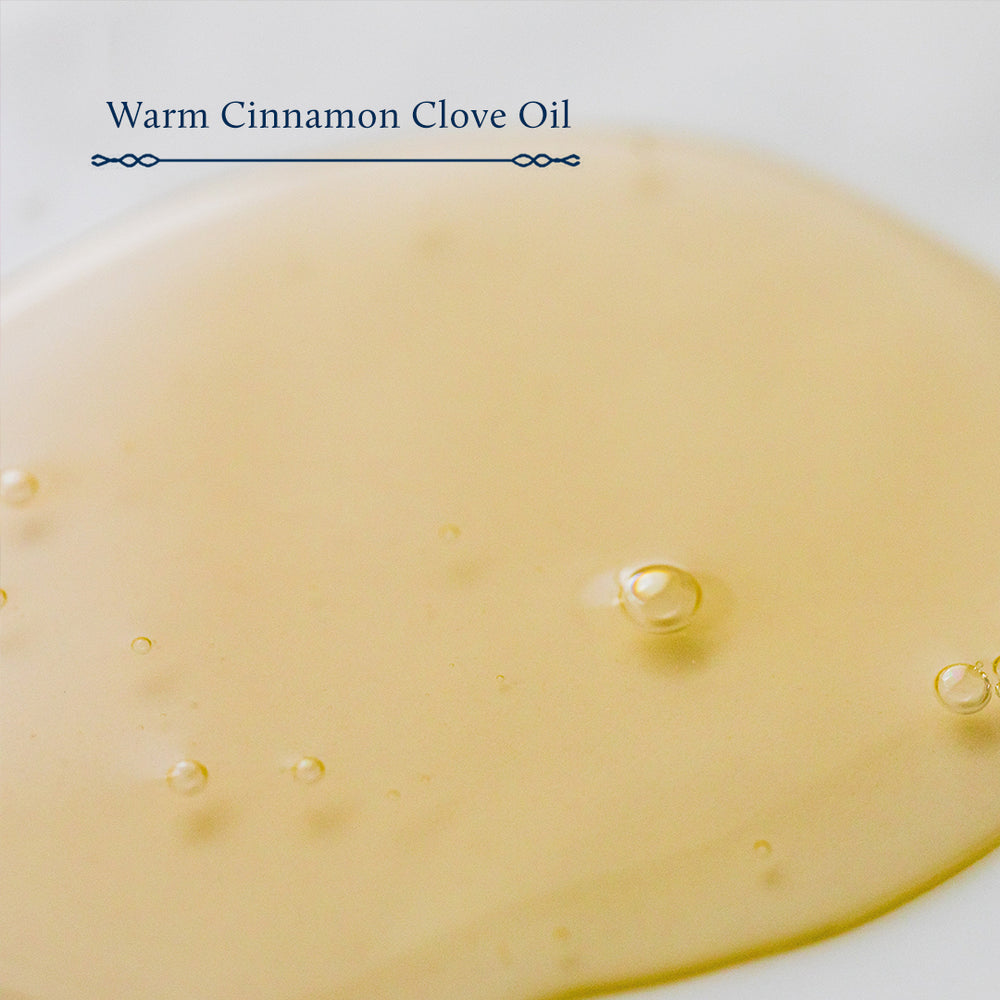



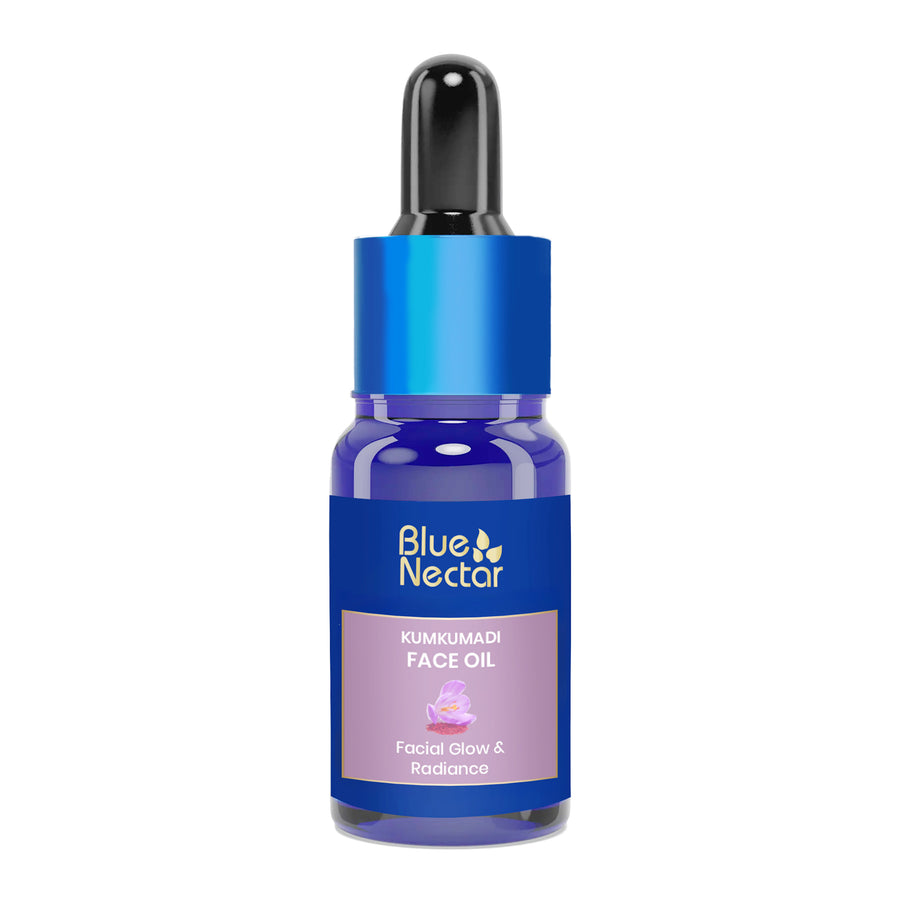
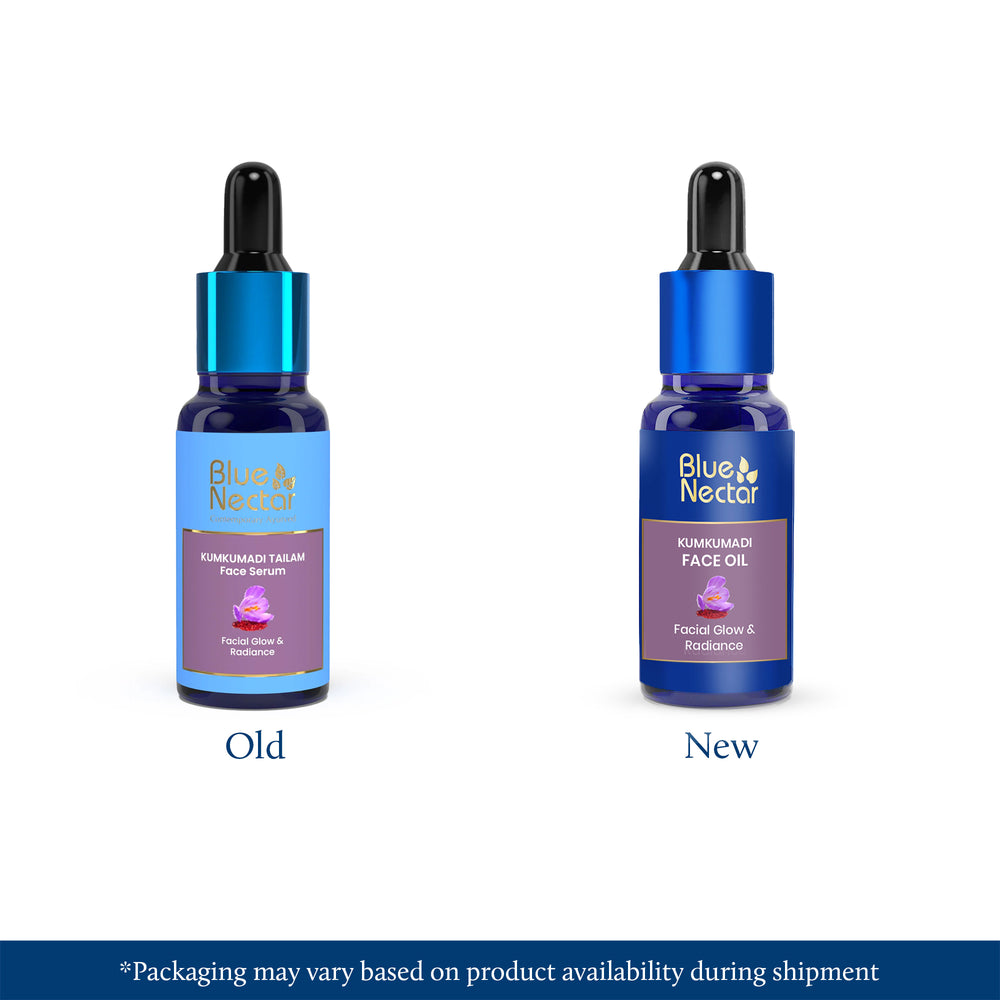
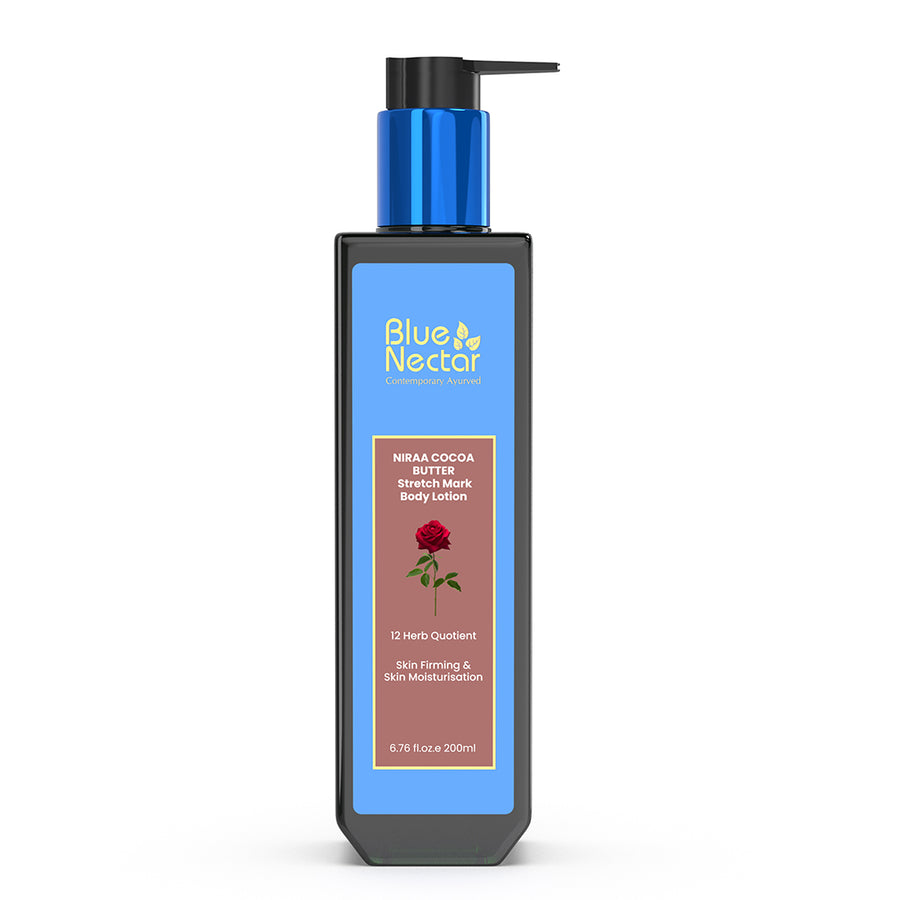
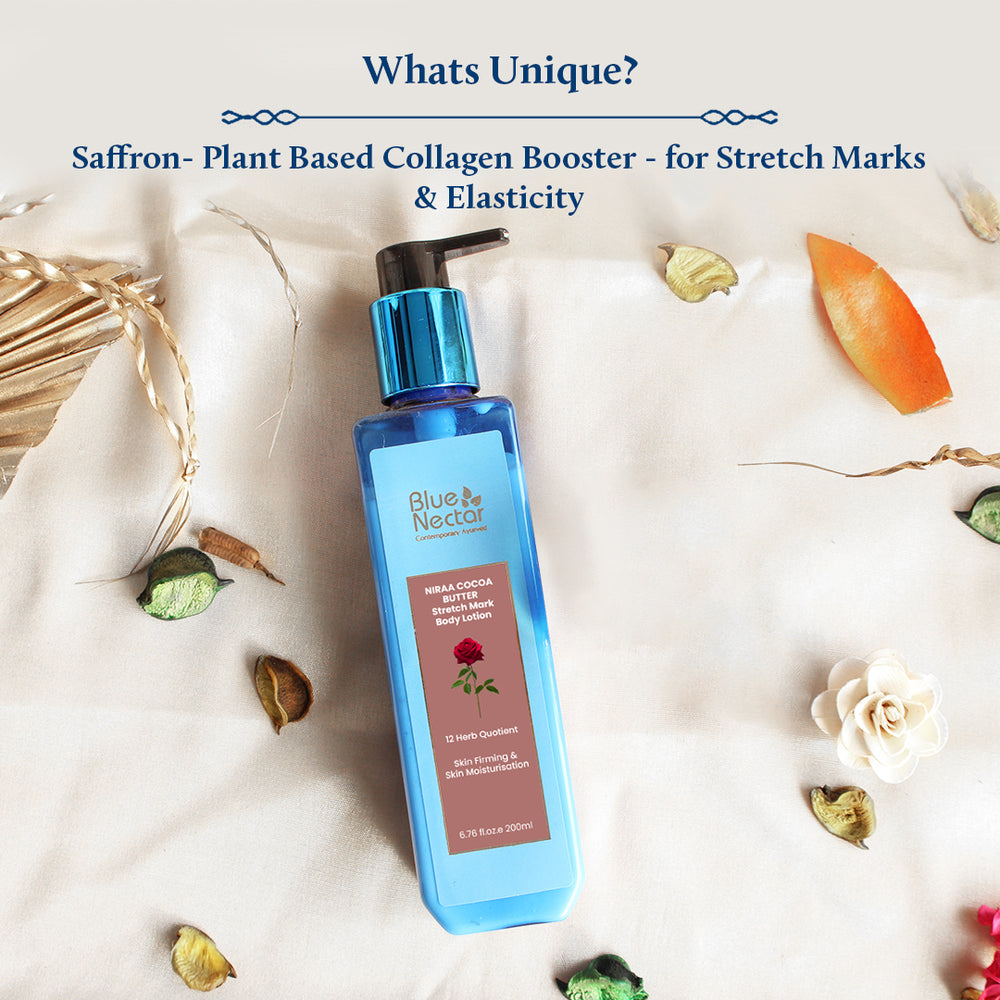
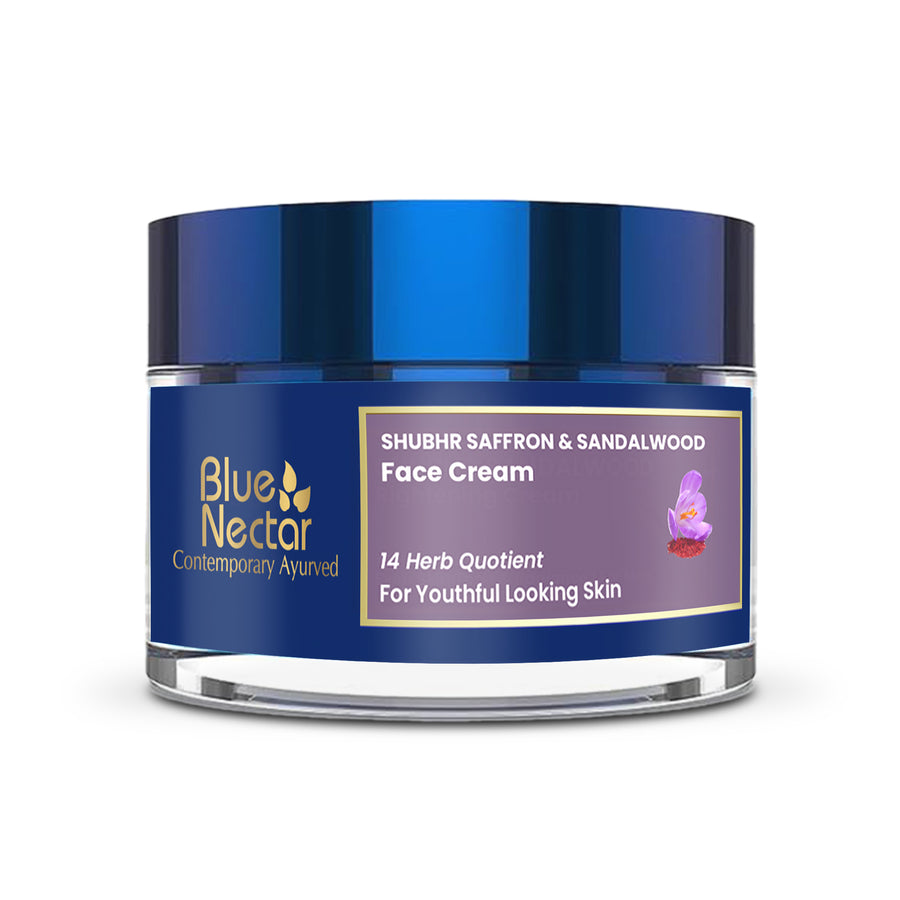
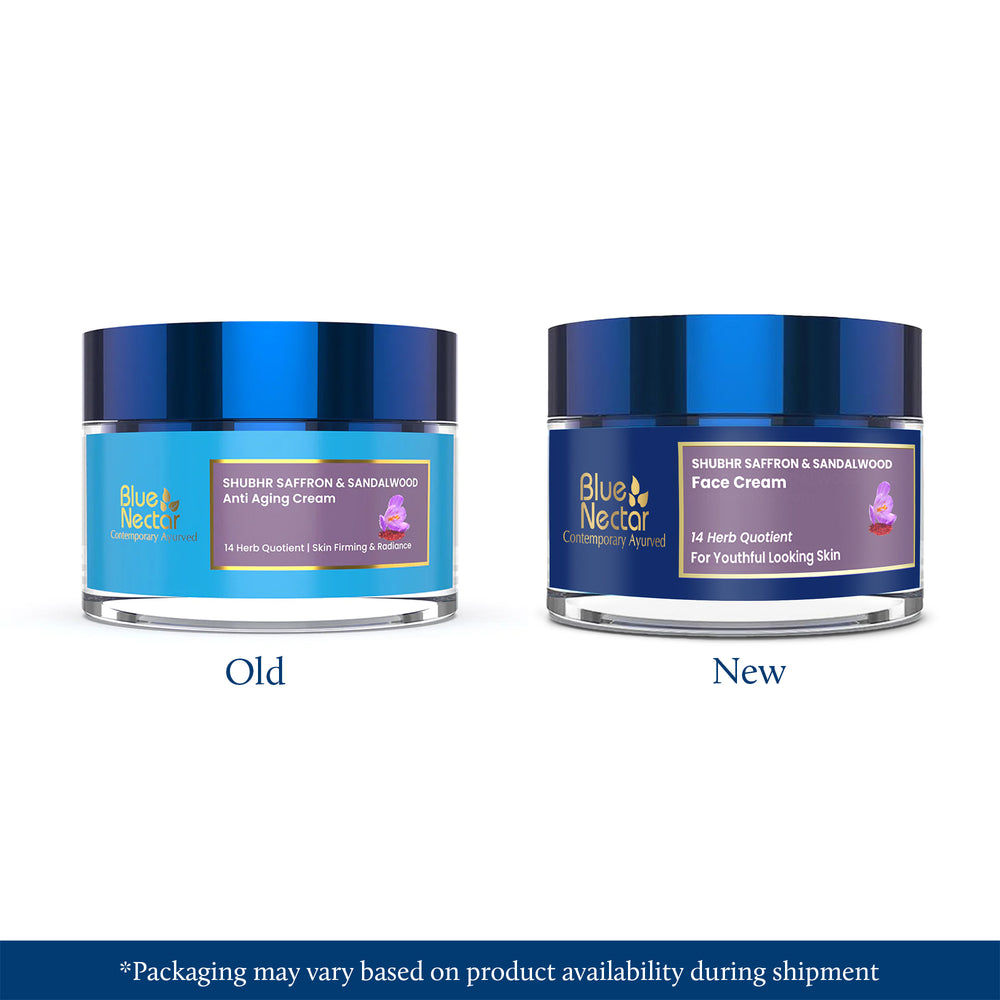
Leave a comment